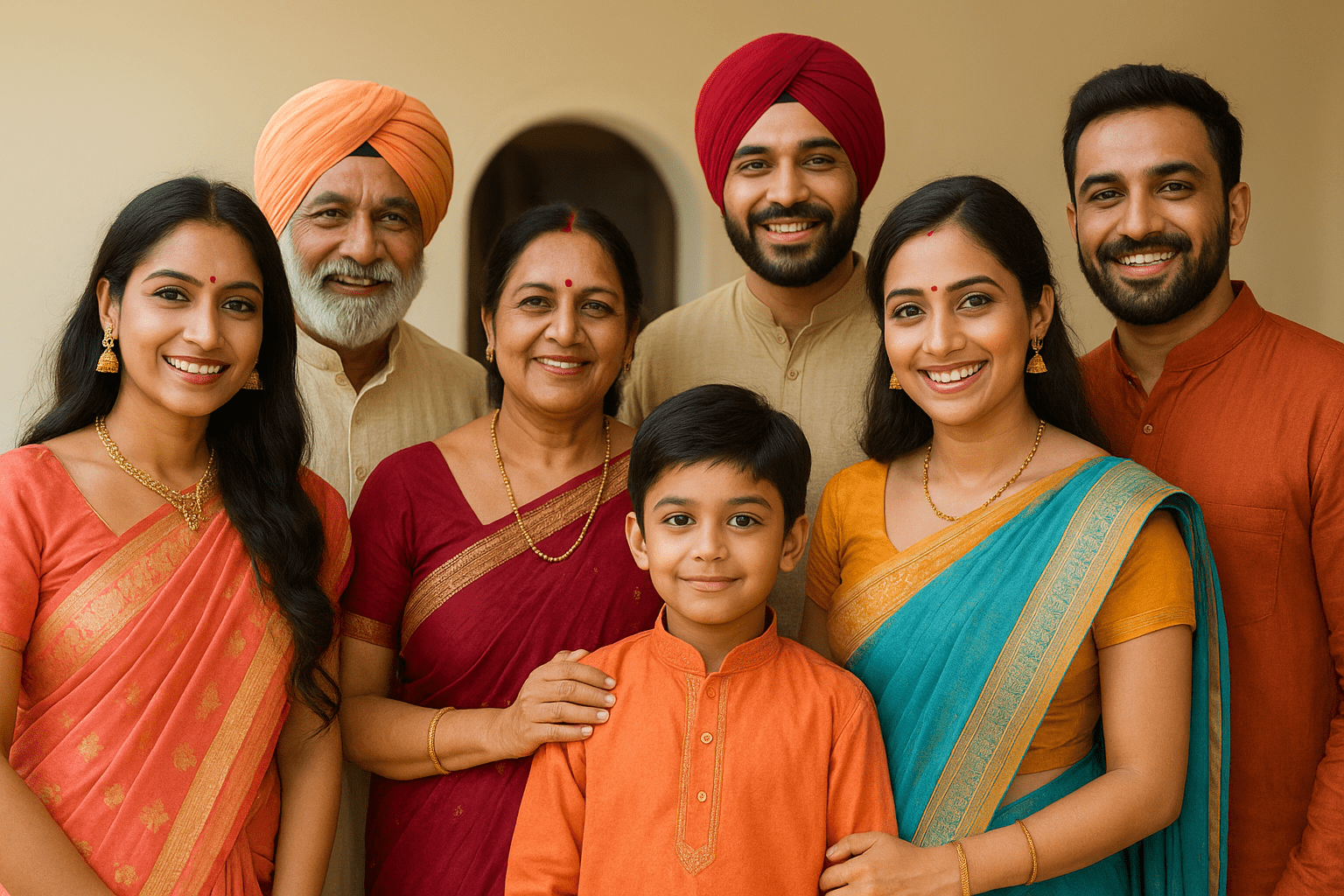
A Vibrant Celebration: Inside the Rituals of a Traditional Bengali Wedding

A Vibrant Celebration: Inside the Rituals of a Traditional Bengali Wedding
Bengali weddings aren’t just events—they’re soulful symphonies of color, culture, and connection. Every ritual tells a story, every thread of silk holds tradition, and every beat of the dhaak drums echoes centuries of heritage.
Pre-Wedding Rituals That Set the Stage
Bengali matrimonial ceremonies begin well before the wedding day, with sacred and joyous pre-wedding rituals that tighten family bonds and heighten anticipation.
- Aashirbaad (Blessing Ceremony): Elders shower the bride and groom with blessings and gifts to welcome them into each other’s lives.
- Gaye Holud: A turmeric ceremony where close family applies turmeric paste to the bride and groom separately, symbolizing purification and beauty.
- Totto: Gorgeous arrangements of gifts exchanged between both families. These usually include sweets, saris, jewelry, and symbolic tokens.
- Adhibas Tatva: Ritual items sent to the groom’s house for the wedding day puja.
Each of these is not just customary but intertwined with love, laughter, and local flavor. You can explore similar traditions from the East like in our Oriya wedding rituals blog.
The Wedding Day: A Dazzling Display of Tradition
The heart of the Bengali shaadi is the day of the wedding, known for its rich rituals steeped in spiritual symbolism and poetic grace.
- Shubho Drishti: The bride hides her face with betel leaves and only reveals it during an intimate gaze exchange with the groom, symbolizing beginning their life together.
- Mala Bodol: The exchanging of garlands three times while being lifted by relatives. It’s playful and deeply rooted in mutual acceptance.
- Sampradan: Performed by a priest, it signifies the official handover of the bride by a male elder from her family.
- Sindoor Daan: Perhaps the most symbolic moment—when the groom applies sindoor to the bride’s forehead, sealing the marriage bond.
Everything from the chants to the chants of dhakis adds emotional texture. In fact, in our traditional Hindu wedding guide, the contrast among regional ceremonies is beautifully explored.
Attire: Sarees, Shankhas, and Red Alta Elegance
A Bengali bride is often adorned in a red or maroon Banarasi silk saree, interwoven with golden zari work. She wears traditional gold jewelry, with layers that symbolize prosperity and family heritage.
Shankha (white conch shell bangles) and pola (red coral bangles) decorate her wrists, while her feet are painted with alta, a traditional red dye. A gold mukut (crown-like headgear) placed over her bouffant-styled hair completes the bridal look.
The groom typically wears a cream-colored dhoti and panjabi, often made of tussar silk, along with a topor, a conical headgear symbolizing purity.
Interested in the diversity of Indian wedding fashion? Don’t miss our exploration of South Indian wedding attire.
Cuisine: The Sumptuous Bengali Wedding Feast
Food is at the heart of Bengali hospitality, and wedding feasts are a grand affair that no guest forgets!
- Shorshe Ilish: A classic mustard hilsa fish curry, beloved across Bengali households.
- Chingri Malai Curry: Tiger prawns simmered in coconut milk, offering rich creaminess with just a kick of spice.
- Luchi and Alur Dom: Deep-fried puffed bread with a lightly spiced potato curry.
- Mishti Doi: Sweetened yogurt formed in earthenware pots.
- Rosogolla and Sandesh: The sweet finale featuring Bengal’s iconic desserts.
The diversity of Indian wedding cuisines is vast—learn how food plays a vital role in Punjabi wedding feasts and other regional celebrations on our blog.
Regional Elements and Music
The music of dhaakis playing the dhaak (traditional drum), ululation by elder women, and beats of shankha add an unmistakable spiritual energy to the ceremony. The sounds are so distinct that they have been woven into classical Bengali cinema to evoke nostalgia.
Often, traditional Rabindra Sangeet (Tagore’s musical compositions) and folk songs are played before and during the wedding ceremony. You’ll find a similar harmonic union of music and ritual in Assamese weddings.
Conclusion: A Cultural Legacy Passed Through Nuptials
In a Bengali wedding, every ritual is heartfelt, and every guest becomes part of an unfolding celebration of culture, commitment, and community. Whether through the lively sounds of dhaakis or the rich aroma of Shorshe Ilish, it’s a feast for all senses.
As traditions honor the past and blend with new-age interpretations, Bengali weddings continue to captivate and inspire families seeking a balance between ritual and romance.
Ready to create your own timeless love story? Find your perfect match today and celebrate it the Bengali way!
